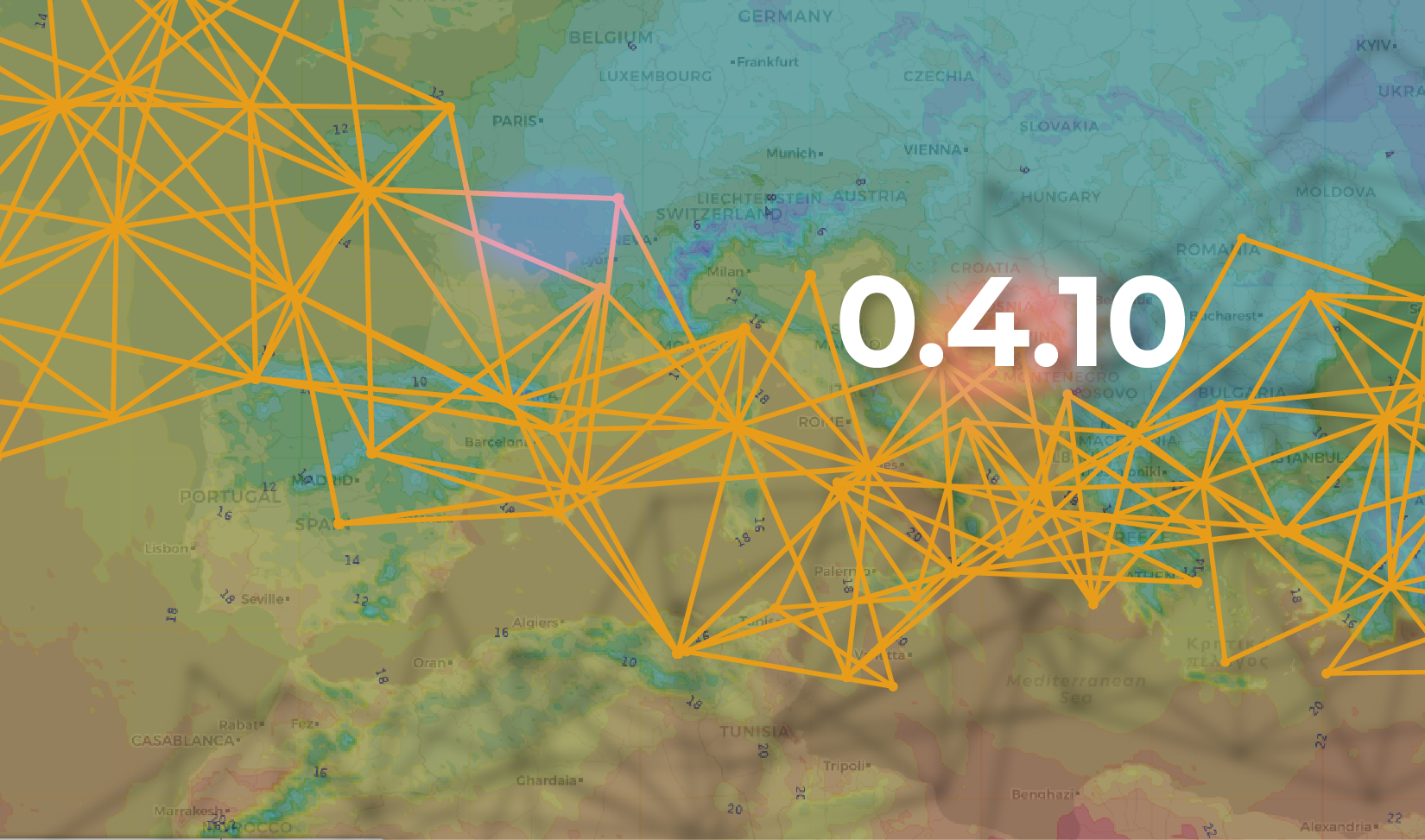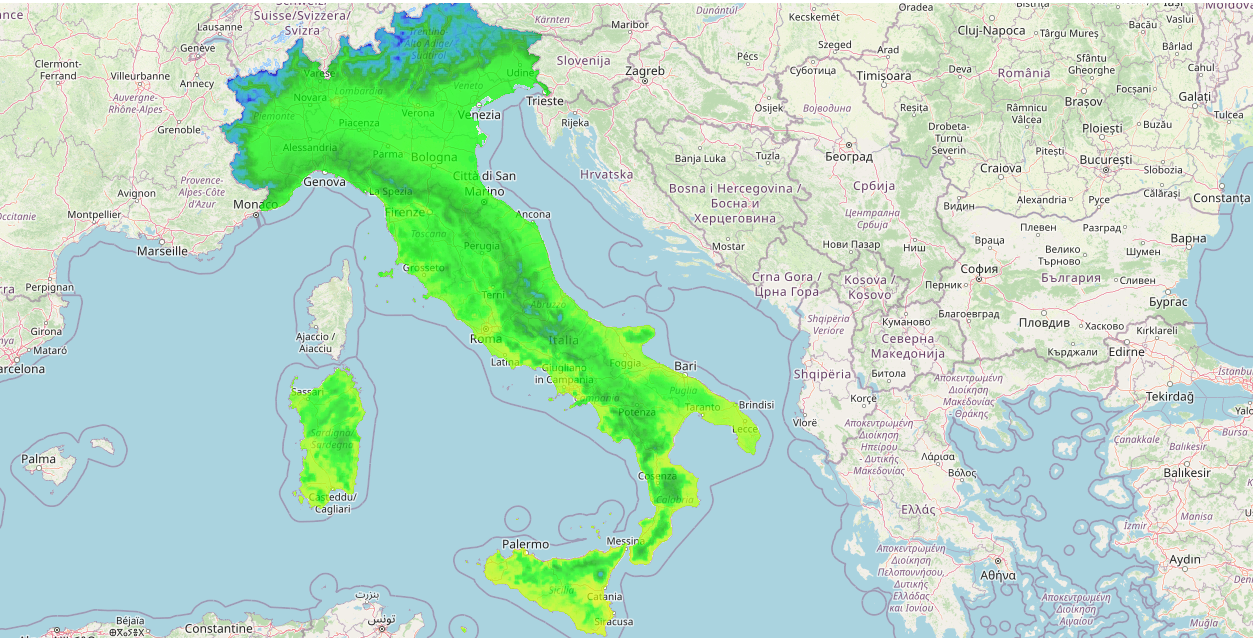Two interesting articles were recently published about the Highlander project.
The first, published in La Repubblica
Le nostre strisce climatiche. Cosa è successo all’Italia dagli anni Novanta,
features climate stripes, a powerful tool for understanding and visualizing climate change over Italy.
Developed by climatologist Ed Hawkins, this innovative visualization method uses a color-coded bar code to represent the annual average of temperatures over the past 150 years. By analyzing vast masses of data using advanced computational resources, the Highlander project was able to produce extremely accurate climate stripes for Italy down to individual municipalities. From Venice to Catania, from Bologna to Naples, the climate strips show temperature trends, highlighting critical areas and underscoring the uneven nature of climate change.
While the project offers valuable insights into the past, it is also a key tool for predicting future climate change in Italy. Comparing average temperatures from 1981-2010 to 2020, the climate strips show accelerating temperature increases. As the climate crisis intensifies, understanding changing patterns and trends becomes even more crucial. The Highlander project provides a basis for predicting climate impacts, such as increasing extreme weather events, rising temperatures and changing precipitation patterns.
The second article, which appeared on CMCC website
Less frequent, more intense rain. The most detailed climate projections over Italy are available,
discusses the VHR-PRO_IT (Very High-Resolution Projections for Italy) projections, developed by CMCC, again in collaboration with Cineca. The VHR-PRO_IT projection covers the entire Italian peninsula with a spatial resolution of about 2.2 km. These open-access climate projections, available through CMCC’s Data Delivery System, covering a 60-year period from 1989 to 2050, and are the first of their kind to provide unprecedented detail and accuracy for the entire region.
The VHR-PRO_IT projections indicate a decrease in the frequency of hourly precipitation events in Italy, accompanied by an increase in their intensity. This means that Italy is likely to experience less frequent precipitation, but when it does rain, it will be more intense. This information is critical for politicians, researchers, and decision makers who need to plan for the future and develop strategies to mitigate the potential impacts of changing precipitation patterns.
Given the relevance of the topic at this time in history, Highlander is proving to be an important tool for keeping track of past climate changes and preparing for future ones.
The project, coordinated by Cineca and with the participation of CMCC and ECMWF, has made it possible to create an interactive portal accessible to anyone, where high-resolution climate data show forecasts up to 2070.





 The MISTRAL project activites have been performed thanks to the INEA/CEF contribution under the grant agreement number: INEA/CEF/ICT/A2017/1567101 – Action No: 2017 IT IA-0144
The MISTRAL project activites have been performed thanks to the INEA/CEF contribution under the grant agreement number: INEA/CEF/ICT/A2017/1567101 – Action No: 2017 IT IA-0144